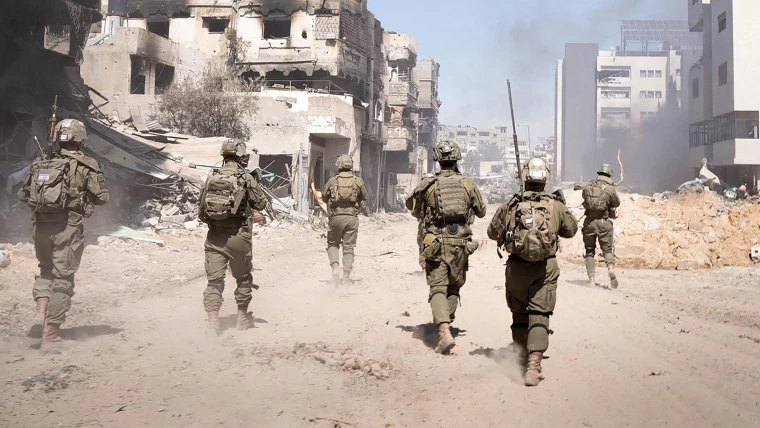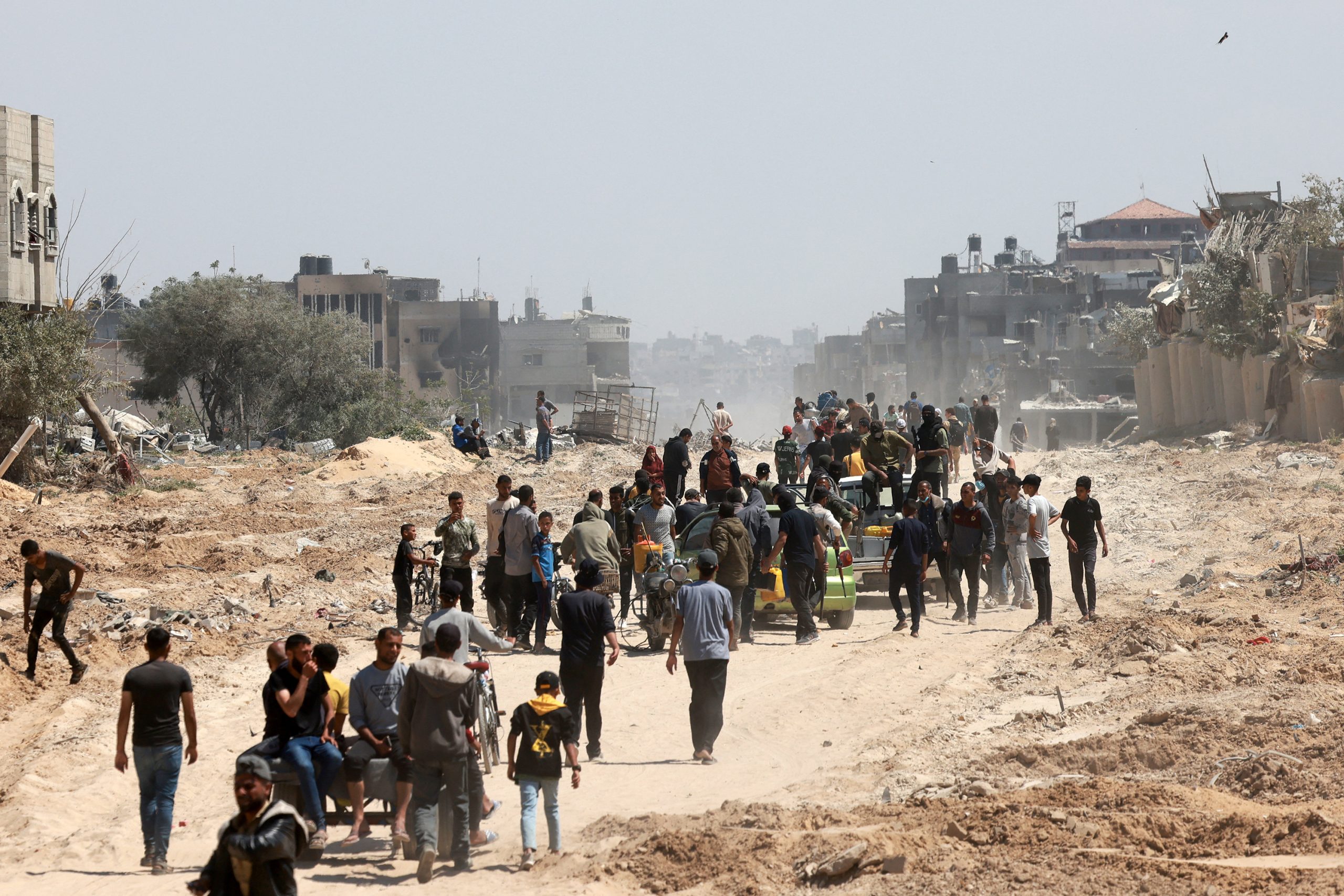The Israel Defense Forces (IDF) announced the complete withdrawal of its troops from southern Gaza, specifically the city of Khan Younis, following intense clashes with Hamas militants. The IDF stated that its 98th Commando Division had completed its mission in Khan Younis and was being withdrawn to recuperate and prepare for future operations.
This withdrawal leaves only two Israeli divisions, the Nahal Brigade and the 162nd Division, stationed in other parts of the Gaza Strip. The IDF emphasized the remaining troops’ significance in preserving freedom of action and conducting precise intelligence-based operations.
The withdrawal from southern Gaza came after the IDF’s commando teams engaged Hamas elements in Khan Younis’ Al Amal neighborhood during a weekend of fierce fighting. The operations included building-to-building raids aimed at uncovering weapons and alleged terrorist infrastructure. Notably, the IDF claimed to have discovered a 900-meter tunnel route containing living quarters and numerous weapons. However, the operation also incurred casualties, with four Israeli soldiers losing their lives.

Israeli Troops Withdraw from Southern Gaza After Intense Khan Younis Clashes (Credits: NBC News)
International pressure on Israeli Prime Minister Benjamin Netanyahu to pursue a humanitarian ceasefire intensified following the deaths of seven humanitarian workers in an IDF airstrike.
The conflict’s toll on the Gaza population has been significant, with Gaza’s Ministry of Health reporting over 33,000 deaths and 75,000 injuries, along with 75% of the population forcibly displaced, during the six-month-long war. Israel initiated this military response to Hamas’ surprise attack on October 7, which resulted in the deaths of 1,200 Israelis and the taking of hundreds more as hostages.
Netanyahu’s plans to launch a ground offensive against Hamas in the southern Gaza refugee area of Rafah faced sharp criticism internationally. A Swiss delegate to the United Nations Security Council warned of catastrophic humanitarian consequences should a large-scale operation occur in Rafah, urging an immediate ceasefire to prevent further civilian casualties.
Meanwhile, long-stalled ceasefire talks were set to resume in Egypt, with the participation of U.S. Central Intelligence Director Bill Burns, Egyptian President Abdel Fatah al-Sisi, and Qatari Foreign Minister Sheikh Mohammed bin Abdulrahman al-Thani.
Israel confirmed its delegation’s participation in the ceasefire negotiations, while Hamas also expressed its intent to send a delegation. However, it remained uncertain whether the IDF’s withdrawal from southern Gaza signaled a strategic shift. Netanyahu asserted at a Cabinet meeting that the war persisted, emphasizing the goal of achieving total victory over Hamas, including eliminating the group’s presence in the entire Gaza Strip, including Rafah. He vowed to ensure that Gaza never posed a threat to Israel again.
The IDF’s withdrawal from southern Gaza marked the conclusion of a specific mission in Khan Younis but left the broader conflict unresolved. The toll on both sides, as well as the civilian population, underscored the urgent need for a ceasefire. International pressure mounted on Netanyahu to pursue humanitarian goals and engage in ceasefire negotiations, although his government remained committed to achieving what it termed “total victory” over Hamas.























